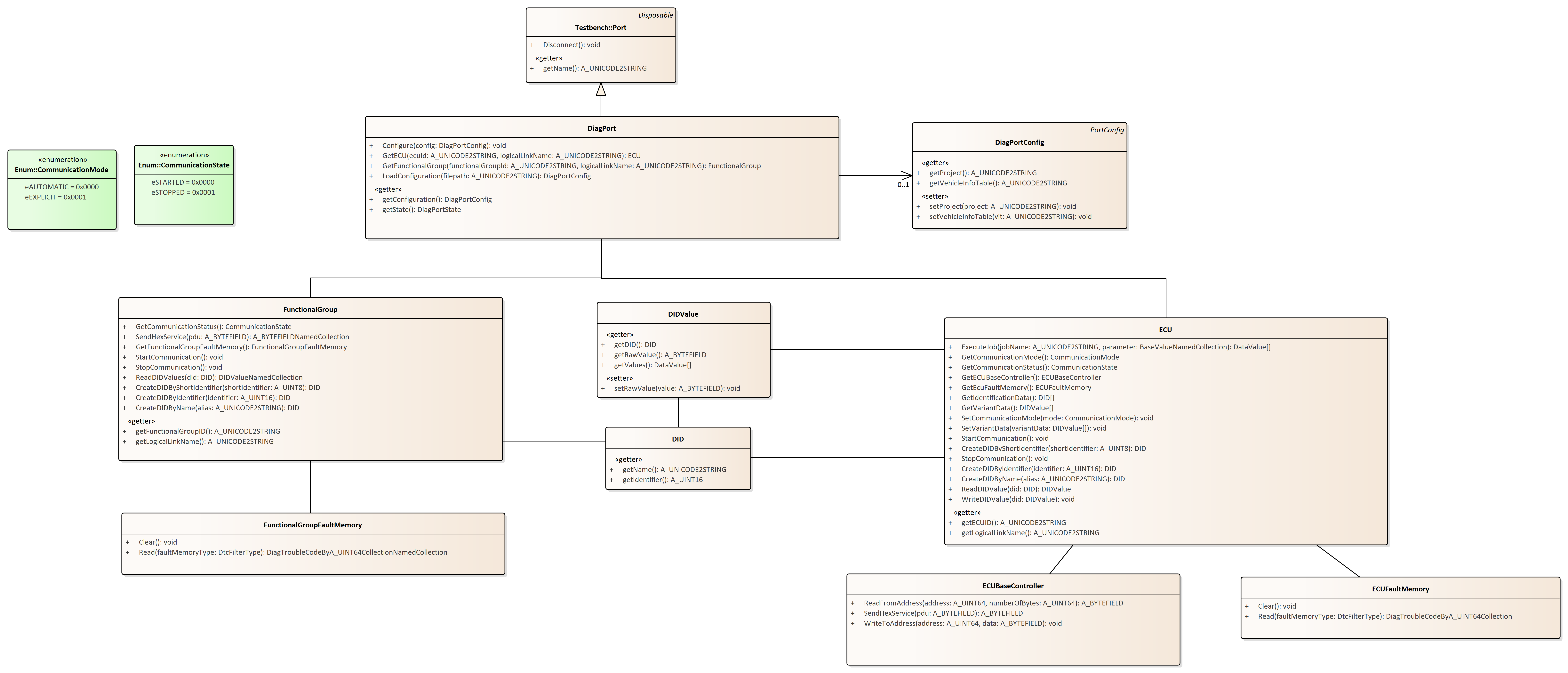Deliverables
An ASAM standard often consists of multiple documents as well as other items. Requirements towards the documents, including structure and content expectations are detailed in the ASAM Editorial Guide.
Documents in a standard can be classified into various types, as listed below:
-
1..n specification (normative)
-
0..n rules (normative)
-
0..n guideline (non-normative)
-
0..n supplementary document (normative/non-normative)
The type classifiers are mandatory inclusions in the document titles and may be extended with additional text.
At a minimum, a standard shall consist of:
- Specification
-
Contains normative and informative content as described in rule ASM-22. A Specification describes the code of operation, the structure, and the usage of the standard. Subject to the document structure prescribed in the editorial guide.
Deliverables of a standard may include:
- Data model (0..n)
-
(UML, or other technology independent format)
- Model reference (0..n)
-
Documents all model elements and functions in the data model, including methods, functions, exceptions, postconditions, etc. Often automatically generated from the data model. As of today, ASAM does not define requirements towards the structure or layout of model references.
- Technology reference (0..n)
-
A technology reference specifies the technology-dependent solution for a specific platform and/or language. Note that this is not an implementation. Such solutions often specify interfaces, such as in the example below, or XSD schemas, see ASAM OTX® or ASAM OpenSCENARIO® XML. As of today, ASAM does not define requirements towards the structure or layout of technology references.
===
The technology independent data model defines a class IDiagPort with some functions.

IDiagPort class.This can be represented in technology-specific formats, ASAM XIL® defines a representation for both C# and for Python.
_getConfiguration() function in the IDiagPort class.class IDiagPort(IPort):
"""Representation of the diagnostic tool.
It is not allowed to create more than one DiagTool instances for the same
diagnostic tool, but it is possible to have several DiagTool instances of
different diagnostic tools.
"""
def _getConfiguration(self):
"""Returns the currently active port configuration or a NULL value if there is no
active configuration. Changes to the port configuration object do not have any
effect until the configuration is reactivated via LoadConfiguration().
@type
@rtype IDiagPortConfig
"""
raise NotImplementedError()===
- Mapping rules (0..n)
-
A document that describes the a mapping from a source, such as a generic model or a specific technology reference, to a target, which is some other technology reference. These mappings may include examples and explanatory text. Mapping rules are subject to the structure defined in the editorial guide
- User guideline (0..n)
-
Additional non-normative content that supplements the normative specification. Often includes usage examples and guidance on application of standard-specific features. Subject to the document structure proscribed in the editorial guide.
- Examples (0..n)
-
These may be representative examples in technology-specific formats as defined by the technology reference(s). Often these are also pseudo-code, in order to demonstrate key concepts of a standard without having to dive into implementation-specifics.
- Test cases (0..n)
-
These may be unit tests to enable testing of individual units of source code in a standard.
- Checker Rules (0..n)
-
Rules, that must be implemented into checks, which allow the checking of syntactic and semantic conformity with an ASAM standard.
The above list is not-exhaustive, but aims to cover the majority of needs of most of ASAM’s standards.